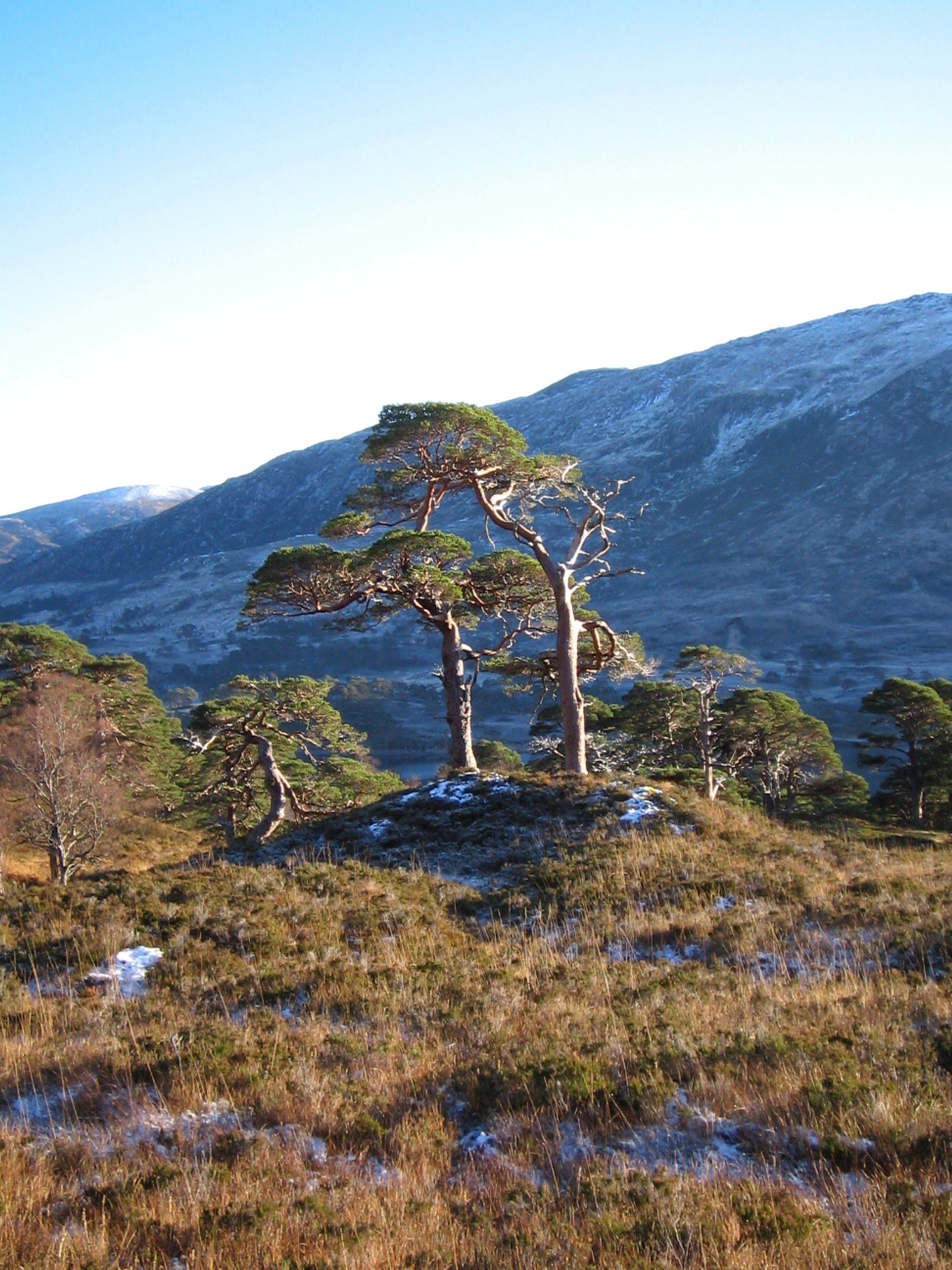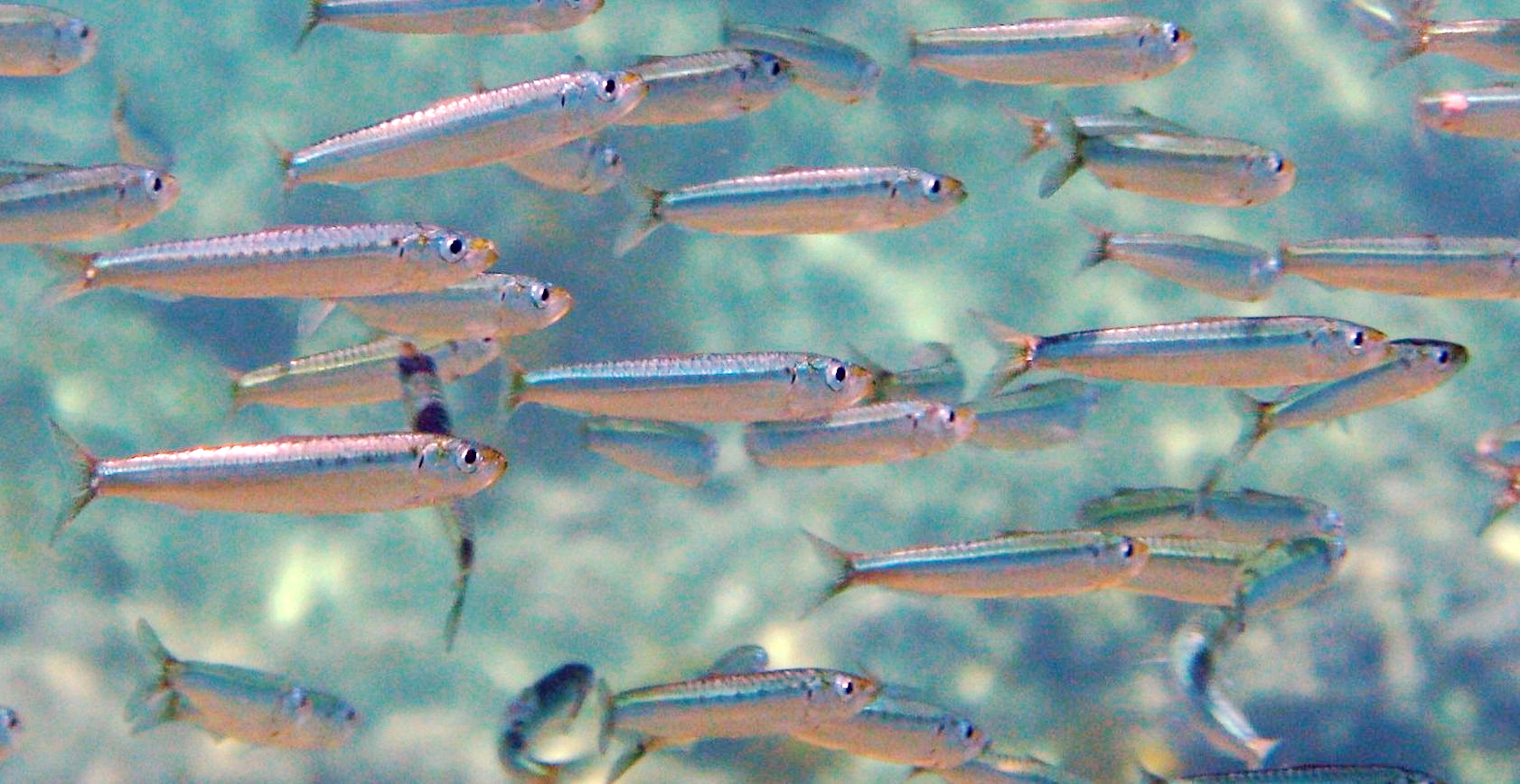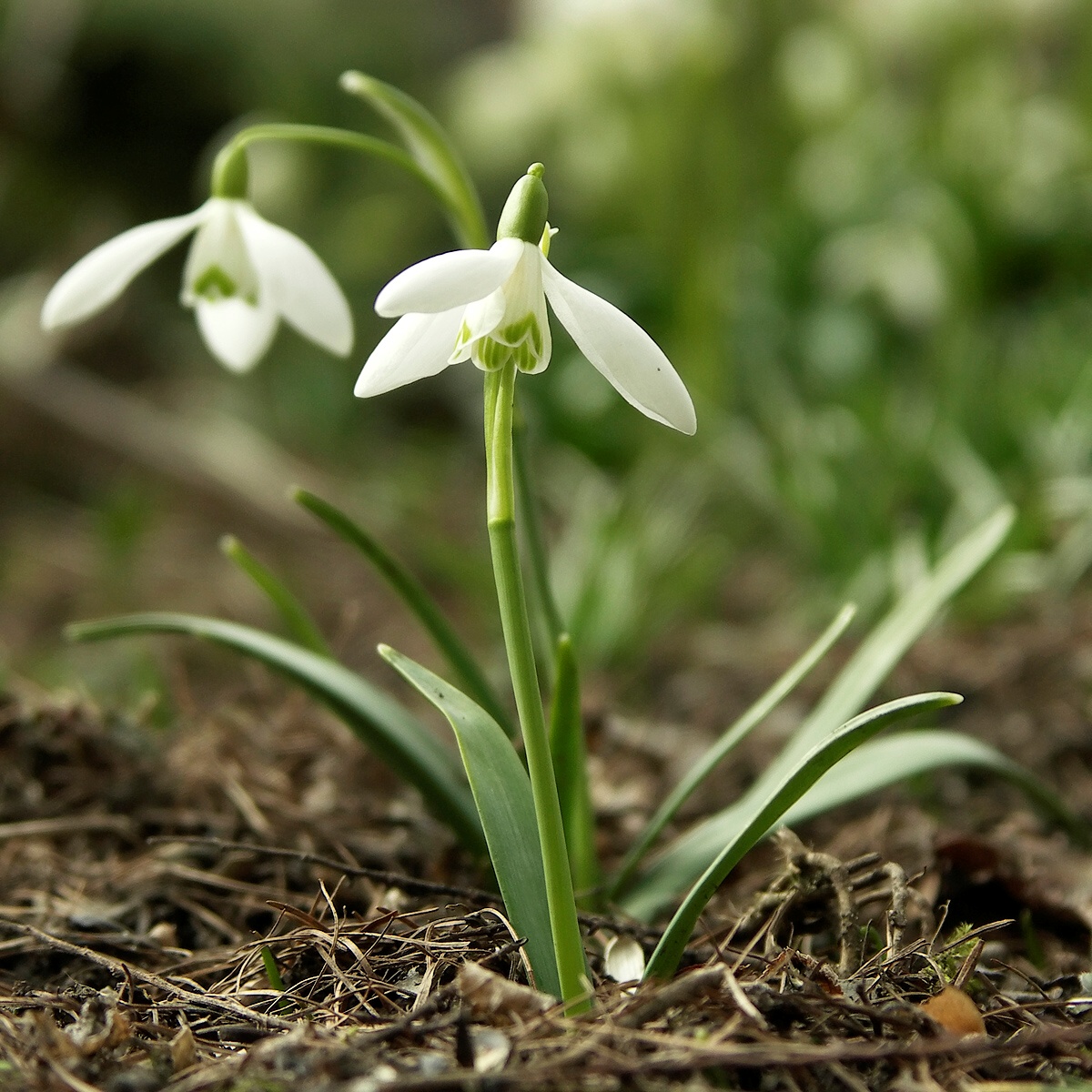There are over 2,400 species of moth in the UK.[1] The hummingbird hawk-moth
is one of the most unusual-looking.
 |
| Hummingbird Hawk-moth [Source: Flickr Creative Commons © wnd.andreas] |
The hummingbird hawk-moth is a member of the Sphingidae family, alongside 1,450 other hawk moths, hornworms and
sphinx moths worldwide. Most Sphingidae
are found in the tropics, but seventeen are seen regularly in the UK.[2]























